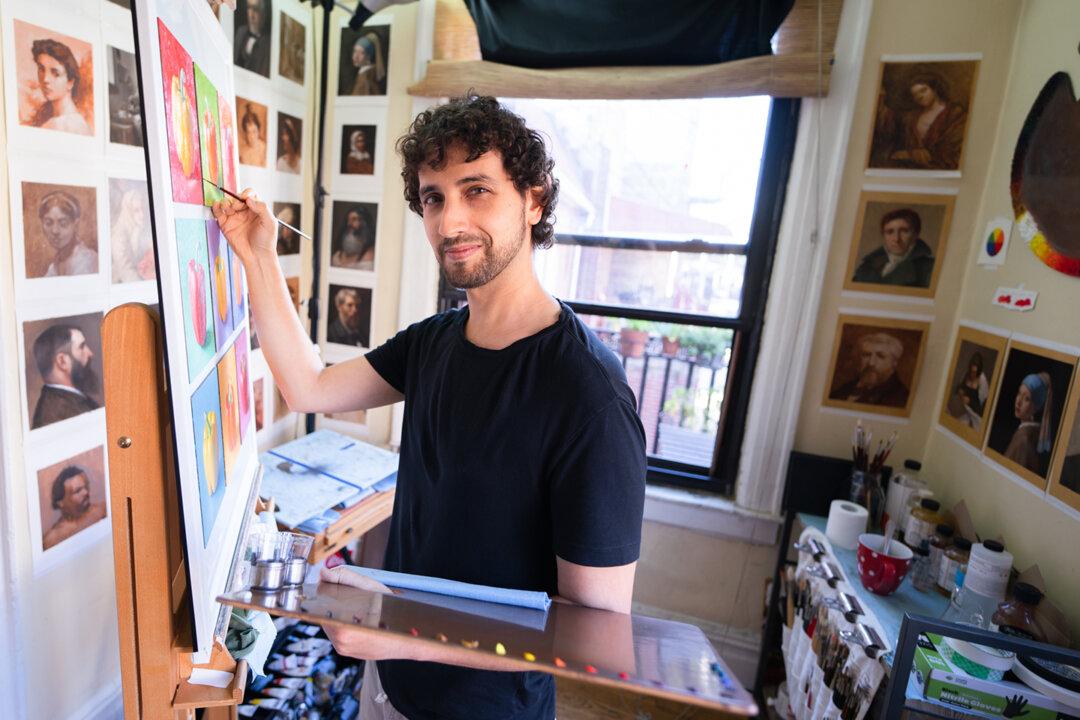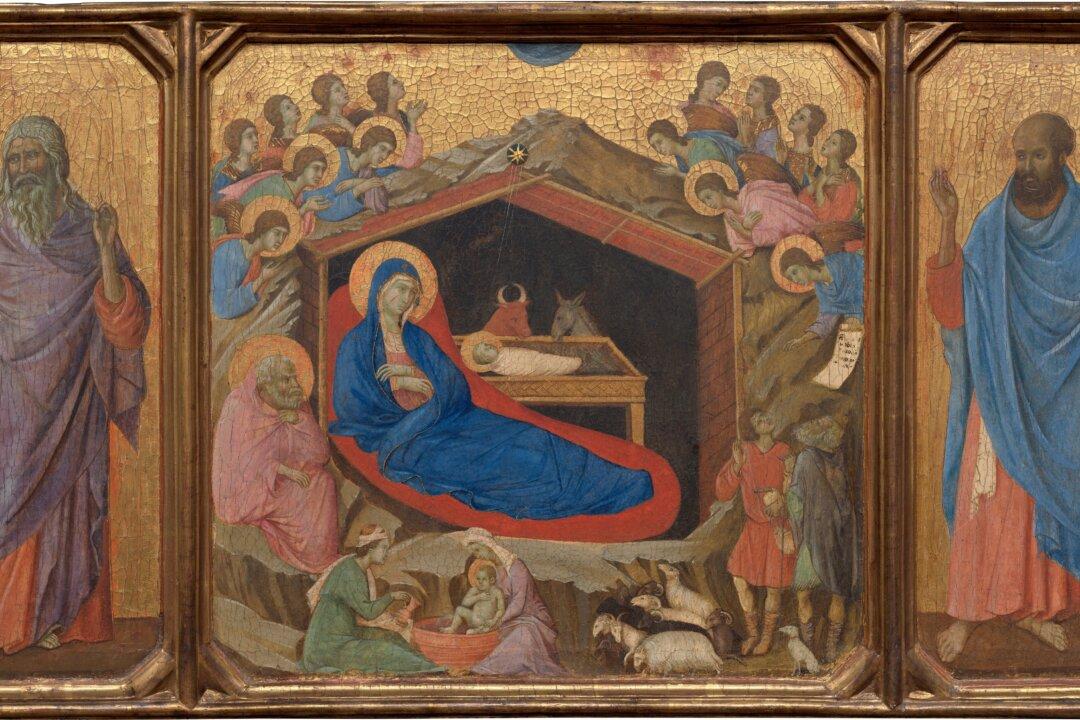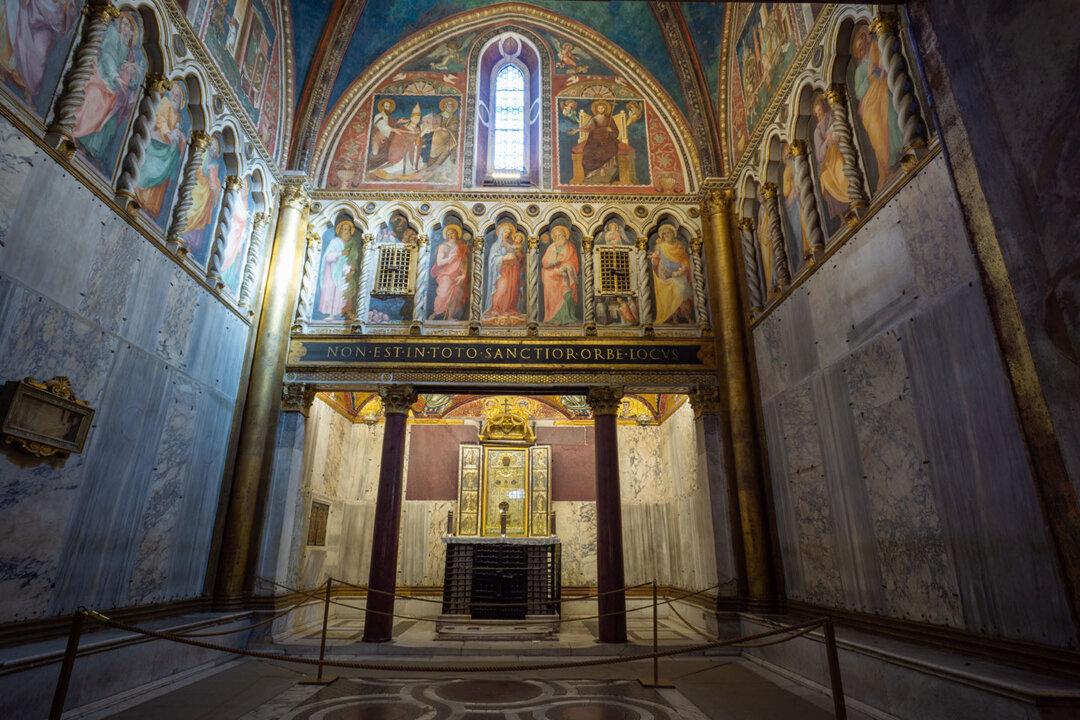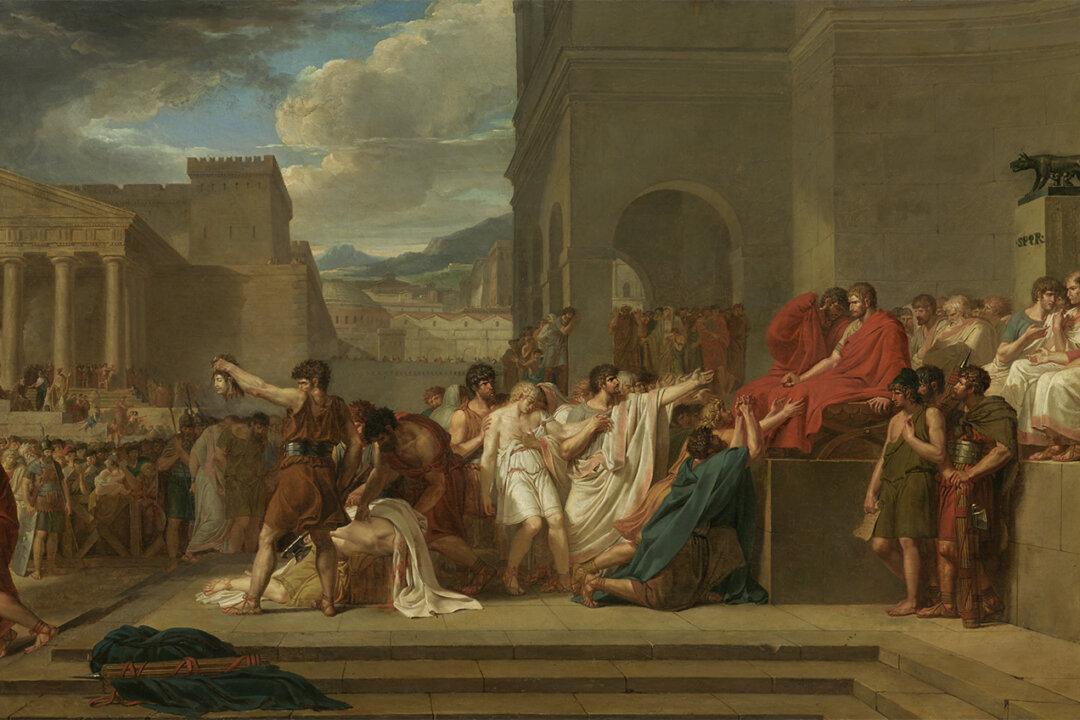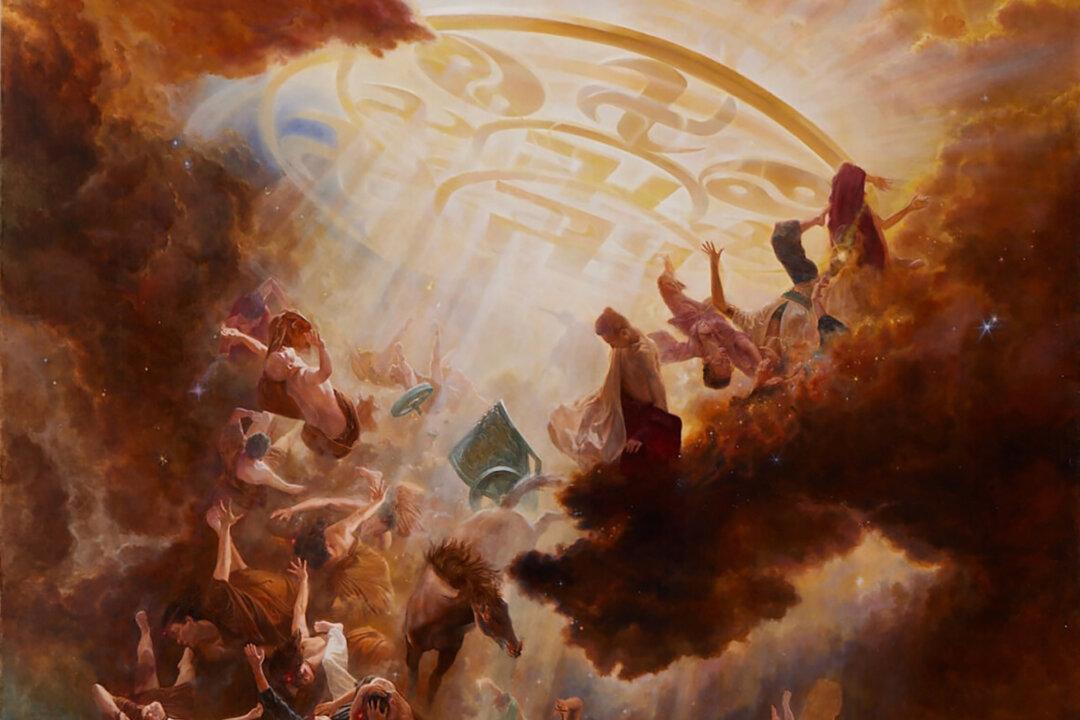For the New York-based Israeli artist Ken Goshen, painting is like listening. In a world where art is taught as the quintessential vehicle for self-expression, he challenges the notion that our self-expression has substance unless we do not first learn to observe. During the Sixth NTD International Figure Painting Competition in New York City, in which Mr. Goshen submitted two award-winning portraits, I sat with him for an interview.
“The skill of being a good listener always makes a person more desirable to be around,” Mr. Goshen said. “Sometimes, we see people constantly projecting themselves onto their environment—who I am, what I’m feeling or thinking—but the person we really want to be around is the person who’s asking you: How are you? How are you feeling about that? In order to make each of us an interesting person, first, we have to learn to listen. Now the visual analog to listening is observing.”

